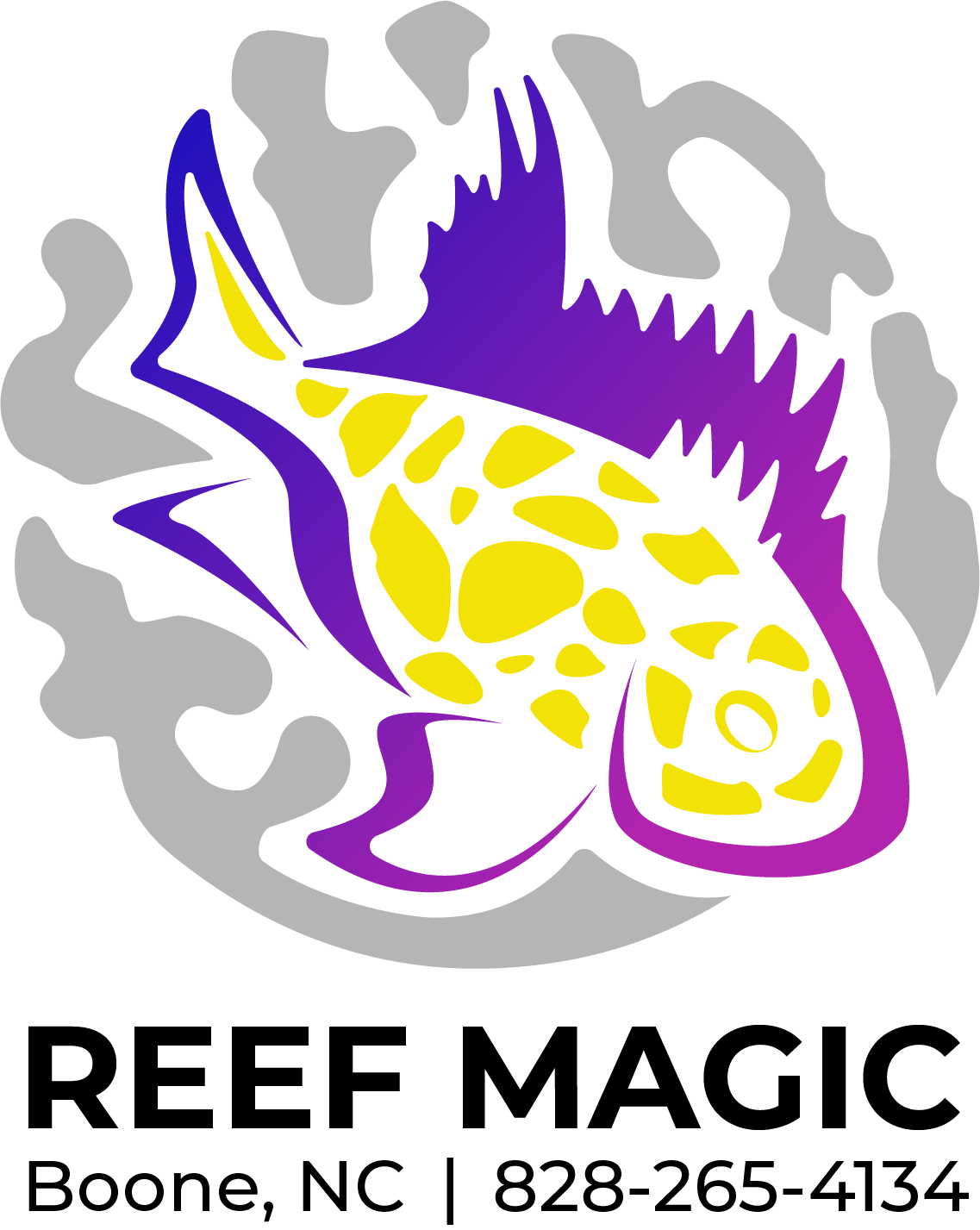Arowana Silver Md
The Silver Arowana (Osteoglossum bicirrhosum) is a majestic and highly sought-after freshwater fish known for its sleek, silver body and impressive size. Here are the requirements for keeping a Silver Arowana:
Aquarium size: Silver Arowanas can grow quite large, reaching lengths of up to 3 feet (90 cm) in captivity. Therefore, a very spacious tank is necessary. A tank with a capacity of at least 250 gallons (950 liters) is recommended for a single adult Silver Arowana to provide ample swimming space.
Water parameters: Silver Arowanas prefer warm, soft, and slightly acidic water conditions. The ideal temperature range is around 75-86°F (24-30°C), pH between 6.0-7.0, and hardness between 2-8 dGH. Consistency in water parameters is important to prevent stress and maintain good health.
Tank setup: Provide a large and well-decorated tank with plenty of open swimming space. Silver Arowanas are strong jumpers, so a tight-fitting and secure lid or cover is necessary to prevent escape. Use a sandy or fine gravel substrate, as they may occasionally sift through it in search of food.
Filtration and water flow: Use a robust filtration system to maintain excellent water quality. Silver Arowanas produce a significant amount of waste, and efficient mechanical, chemical, and biological filtration is crucial. Strong water flow is not necessary, but ensure adequate oxygenation.
Lighting: Provide subdued lighting conditions. Silver Arowanas prefer dimly lit environments, so use low-intensity lighting or provide areas of shade in the tank. Avoid intense lighting that may cause stress or discomfort.
Diet: Silver Arowanas are carnivorous and predominantly feed on live foods in the wild. Their diet should consist of a variety of meaty foods, including live or frozen fish, shrimp, crickets, earthworms, and other insects. It is important to provide a varied diet to ensure proper nutrition.
Tank mates: Silver Arowanas are best kept as the solitary centerpiece fish in an aquarium due to their predatory nature. They may view smaller fish as potential prey, and tank mates that fit into their mouth can be at risk. If attempting to keep them with other fish, choose large, robust species that are too large to be considered as food.


